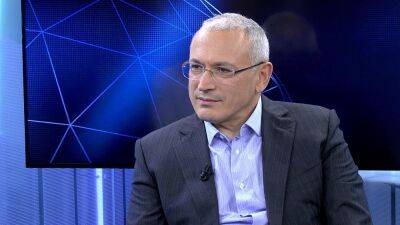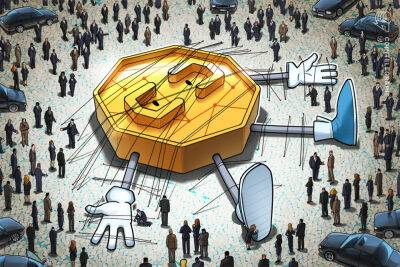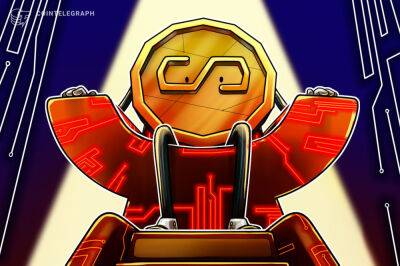Vitalik: How to create algo stablecoins that don't turn into ponzis or collapse
Ethereum co-founder Vitalik Buterin has shared two thought experiments on how to evaluate whether an algorithmic (algo) stablecoin is sustainable.
Buterin’s comments were sparked by the multi-billion dollar losses caused by the collapse of the Terra (LUNA) ecosystem and its algo-stablecoin TerraUSD (UST).
In a May 25 blog post, Buterin noted that the increased amount of scrutiny placed on crypto and DeFi since the Terra crash is “highly welcome,” but he warned against writing off all algo-stablecoins entirely.
“What we need is not stablecoin boosterism or stablecoin doomerism, but rather a return to principles-based thinking,” he said:
His blog focused on Reflexer’s fully Ether (ETH)-collateralized RAI stablecoin in particular, which isn’t pegged to the value of fiat currency and relies on algorithms to automatically set an interest rate to proportionally oppose price movements and incentivize users to return RAI to its target price range.
Buterin stated that it “exemplifies the pure ‘ideal type’ of a collateralized automated stablecoin” and its structure also gives users an opportunity to extract their liquidity in ETH if faith in the stablecoin crumbles significantly.
The Ethereum co-founder offered two thought experiments to determine if an algorithmic stablecoin is “truly a stable one.”
In Buterin’s view, if market activity for a stablecoin project “drops to near zero”, users should be able to extract the fair value of their liquidity out of the asset.
Buterin highlighted that UST doesn’t meet this parameter due to its structure in which LUNA, or what he calls a volume coin (volcoin), needs to maintain its price and user demand to keep its USD peg. If the opposite happens, it then almost becomes impossible to avoid a
Read more on cointelegraph.com





















